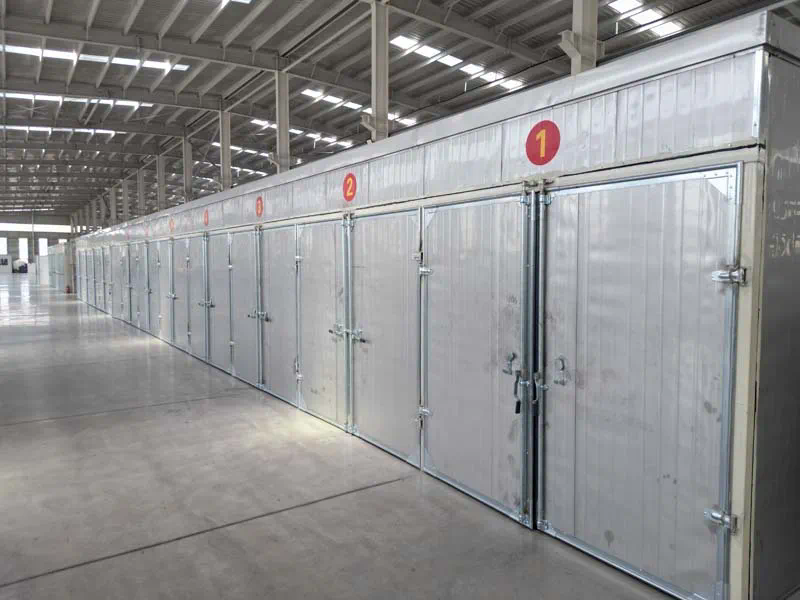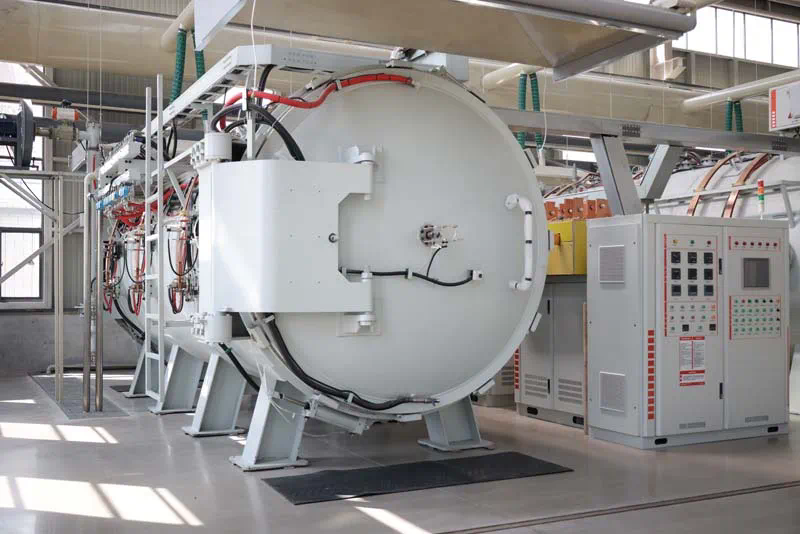Role of Silicon Carbide in Fuel Cells
Silicon carbide (SiC) plays a crucial role in advancing fuel cell technology, offering unique properties that enhance efficiency, durability, and performance. This article explores the Silicon Carbide Support Rod And Support Beam multifaceted applications of SiC in fuel cells, delving into its material characteristics, manufacturing processes, and specific contributions to various types of fuel cell technologies.
Introduction to Silicon Carbide in Fuel Cells
Fuel cells are electrochemical devices that convert chemical energy directly into electrical energy through reactions between a fuel source and an oxidizing agent. They offer a promising alternative to traditional combustion-based power generation due to their higher efficiency and lower emissions. Silicon carbide, with its exceptional thermal, mechanical, and electrical properties, emerges as a key material in enhancing the performance and longevity of fuel cells across different applications.
Material Characteristics of Silicon Carbide
Silicon carbide is a compound of silicon and carbon, known for its extreme hardness, high thermal conductivity, and excellent resistance to corrosion and abrasion. These properties make it suitable for demanding applications where reliability and durability are paramount. In fuel cells, SiC is primarily used in various components to improve efficiency and withstand harsh operating conditions.
Thermal Management and Conductivity
One of the critical roles of SiC in fuel cells is its ability to manage thermal conductivity efficiently. By dissipating heat effectively, SiC helps in maintaining optimal operating temperatures within fuel cell stacks, thereby improving overall energy conversion efficiency. Its high thermal conductivity minimizes thermal gradients and ensures uniform heat distribution, crucial for preventing hotspots and thermal stresses.
Chemical and Electrochemical Stability
SiC exhibits exceptional chemical and electrochemical stability, making it resistant to degradation from corrosive environments and chemical reactions typically encountered in fuel cell operations. This stability extends the lifespan of fuel cell components such as electrodes, membranes, and interconnects, contributing to longer maintenance intervals and reduced downtime.
Applications of Silicon Carbide in Different Fuel Cell Types
Proton Exchange Membrane Fuel Cells (PEMFCs)
In PEMFCs, SiC finds applications in several critical components:
– Gas Diffusion Layers (GDLs): Silicon carbide-coated GDLs enhance water management and gas distribution, improving overall cell performance and durability.
– Catalyst Supports: SiC supports catalysts used in electrodes, providing a stable platform for electrochemical reactions while resisting chemical degradation.
Solid Oxide Fuel Cells (SOFCs)
For SOFCs, SiC is utilized in:

– Interconnects: SiC interconnects offer low electrical resistance, high thermal Silicon Carbide Protecting Tube stability, and excellent compatibility with cell materials, reducing resistive losses and ensuring efficient electricity transmission.
– Cell Supports: SiC-based materials serve as robust supports for SOFC cells, maintaining structural integrity and thermal management under high operating temperatures.
Manufacturing and Integration Challenges
Despite its advantages, integrating SiC into fuel cell designs presents manufacturing challenges. High purity requirements, complex fabrication processes, and cost considerations influence adoption rates. Advances in manufacturing technologies, including additive manufacturing and advanced deposition techniques, are overcoming these challenges by enabling precise control over material properties and reducing production costs.
Future Outlook and Innovations

The ongoing research and development efforts focus on optimizing SiC properties further and exploring new applications in next-generation fuel cell technologies. Innovations in nanomaterials, hybrid composites, and nanostructuring techniques promise to enhance SiC’s performance, reliability, and cost-effectiveness in fuel cell applications.
Silicon carbide plays a pivotal role in advancing fuel cell technology by enhancing efficiency, durability, and performance across various types of fuel cells. Its unique combination of thermal, mechanical, and chemical properties addresses critical challenges in energy conversion and storage, paving the way for cleaner and more sustainable power generation solutions. As research and technological advancements continue, SiC remains at the forefront of materials innovation in the fuel cell industry, driving towards a future of efficient and environmentally friendly energy systems.
https://tmsmicro.com/
